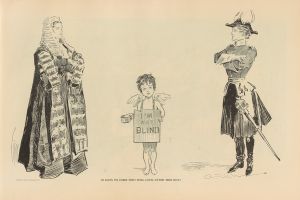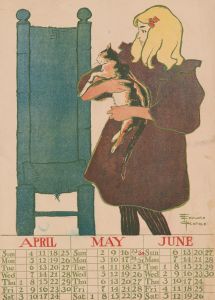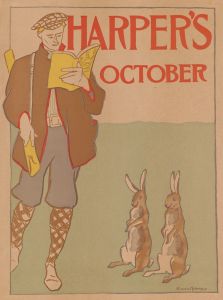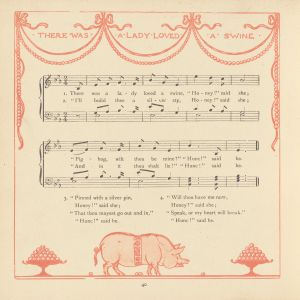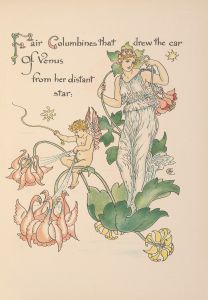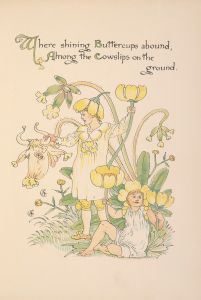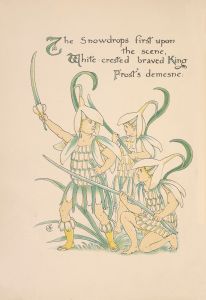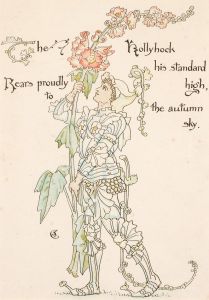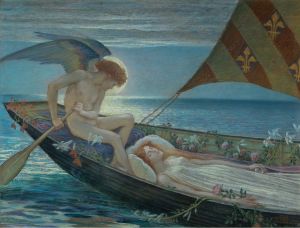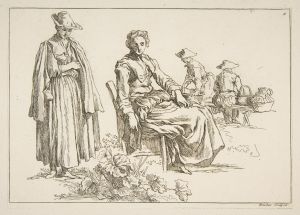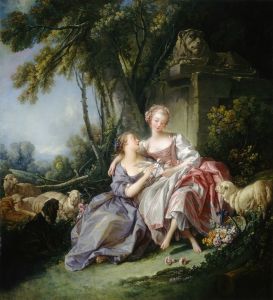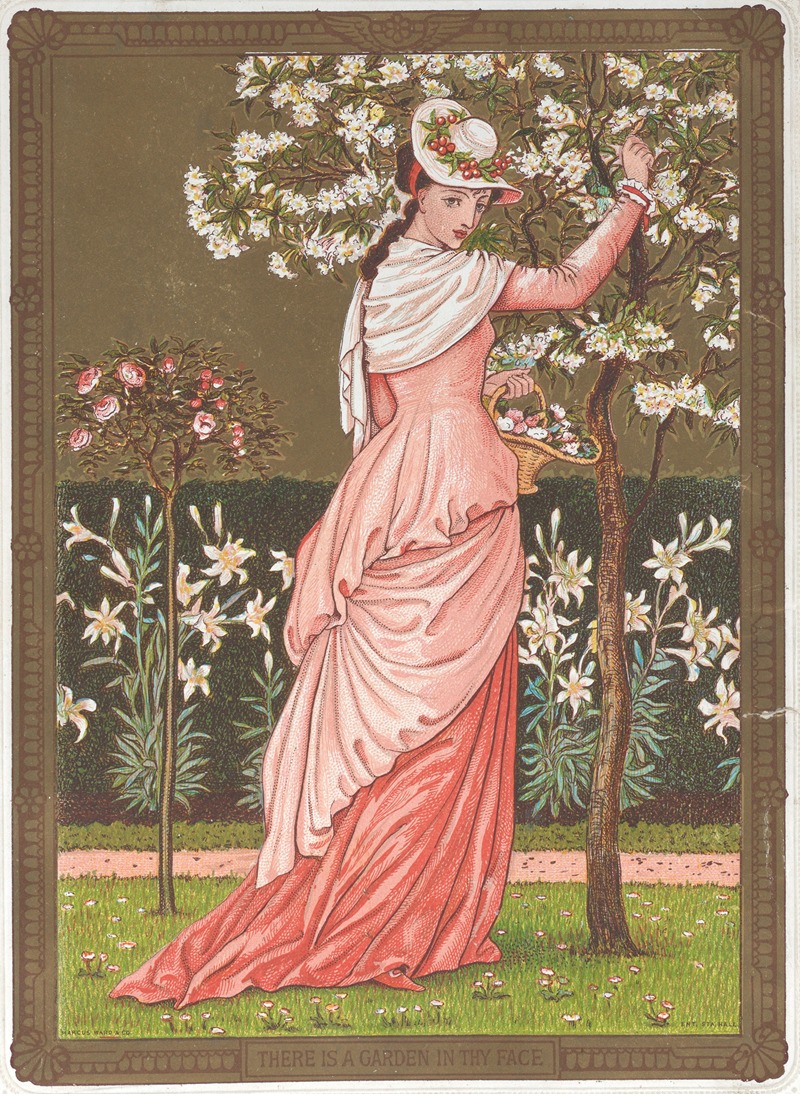
Valentine
A hand-painted replica of Walter Crane’s masterpiece Valentine, meticulously crafted by professional artists to capture the true essence of the original. Each piece is created with museum-quality canvas and rare mineral pigments, carefully painted by experienced artists with delicate brushstrokes and rich, layered colors to perfectly recreate the texture of the original artwork. Unlike machine-printed reproductions, this hand-painted version brings the painting to life, infused with the artist’s emotions and skill in every stroke. Whether for personal collection or home decoration, it instantly elevates the artistic atmosphere of any space.
Walter Crane (1845–1915) was a prominent English artist and illustrator, known for his contributions to the Arts and Crafts Movement and his work in children's book illustrations. Among his diverse body of work, "Valentine" is one of his notable pieces, reflecting his distinctive style and thematic interests.
Walter Crane's "Valentine" is a painting that exemplifies his fascination with romantic and allegorical themes, often intertwined with elements of nature and mythology. Crane's work is characterized by its intricate detail, vibrant colors, and harmonious compositions, all of which are evident in "Valentine." This piece is a testament to Crane's ability to blend narrative and decorative art, a skill he honed through his extensive work in book illustration.
The painting likely draws inspiration from the traditional themes associated with Valentine's Day, a celebration of love and affection. Crane was known for his ability to capture the essence of such themes through his use of symbolism and allegory. In "Valentine," he may have employed floral motifs, which are common in his work, to symbolize love and beauty. His use of color and form would have been carefully considered to evoke the emotions associated with the subject matter.
Crane's artistic style was heavily influenced by the Pre-Raphaelite Brotherhood and the Aesthetic Movement, both of which emphasized beauty and detail. His work often features a strong sense of design, with an emphasis on line and pattern, which can be seen in "Valentine." This approach aligns with the principles of the Arts and Crafts Movement, which sought to elevate the status of decorative arts and promote craftsmanship.
Throughout his career, Crane was also deeply influenced by the social and political ideas of his time. He was an advocate for socialism and believed in the power of art to inspire social change. While "Valentine" is primarily a work of romantic art, it is possible that Crane's broader ideological beliefs subtly informed his approach to the piece, as he often sought to convey deeper meanings through his art.
Walter Crane's legacy as an artist is significant, as he played a crucial role in shaping the visual culture of his era. His work in children's literature, particularly his illustrations for nursery rhymes and fairy tales, has left a lasting impact on the genre. "Valentine," while perhaps not as widely recognized as some of his other works, is an example of his ability to create art that is both visually appealing and rich in meaning.
In summary, Walter Crane's "Valentine" is a reflection of his artistic style and thematic interests, characterized by its detailed composition and romantic symbolism. As with much of Crane's work, it demonstrates his commitment to the principles of the Arts and Crafts Movement and his belief in the transformative power of art.





